At the Border: Nation, God, and Human Rights

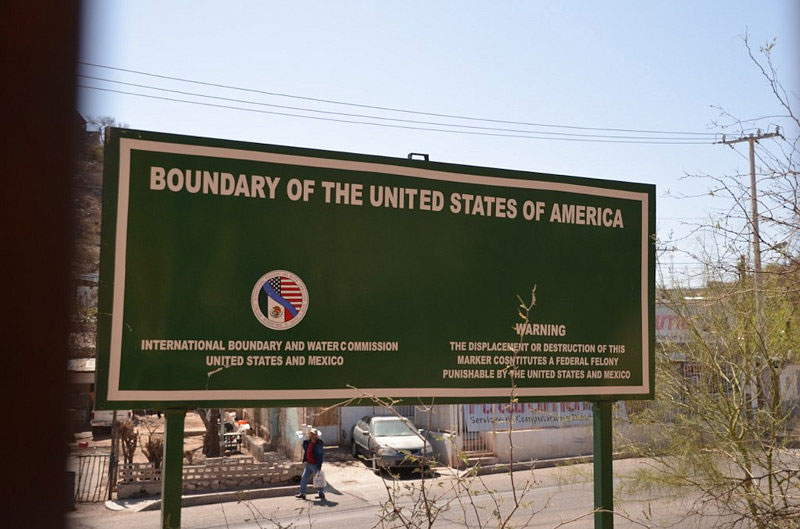
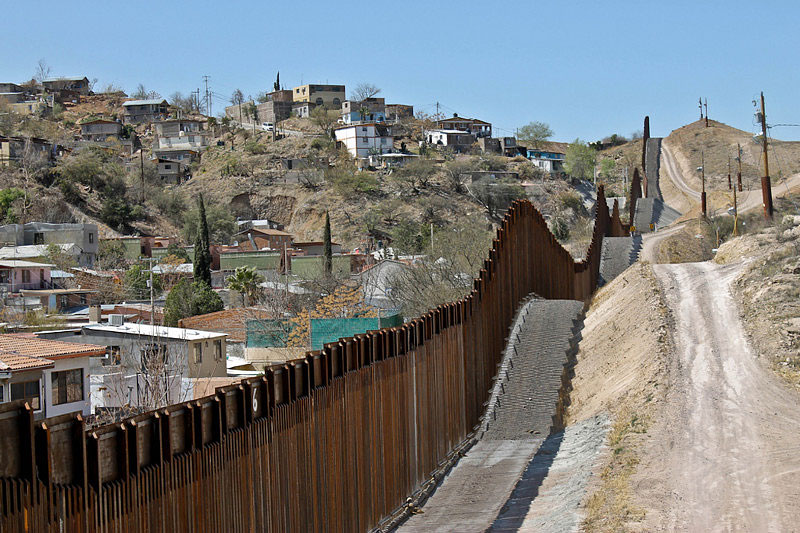
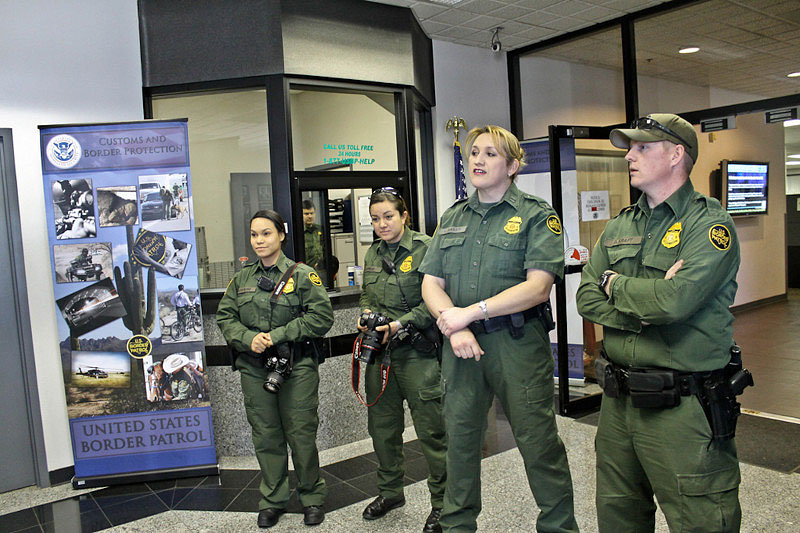
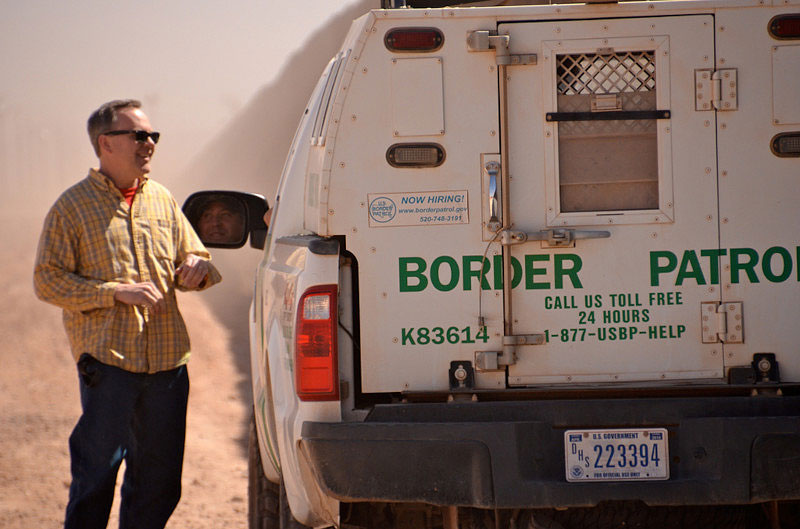


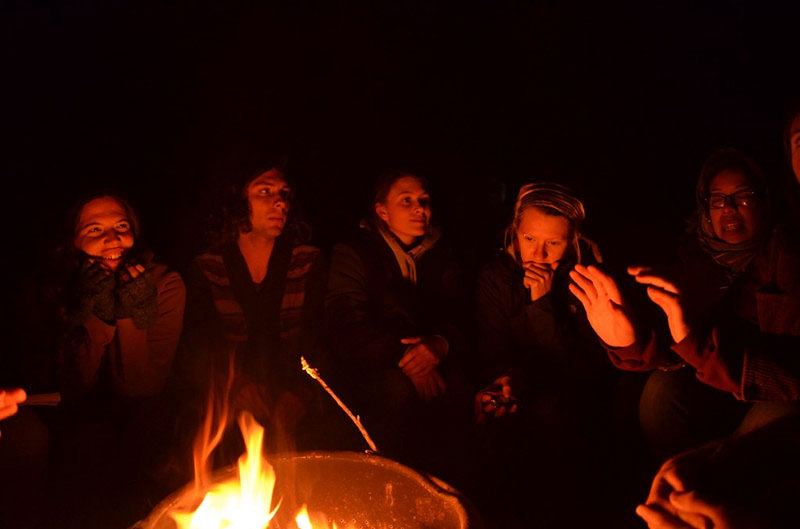
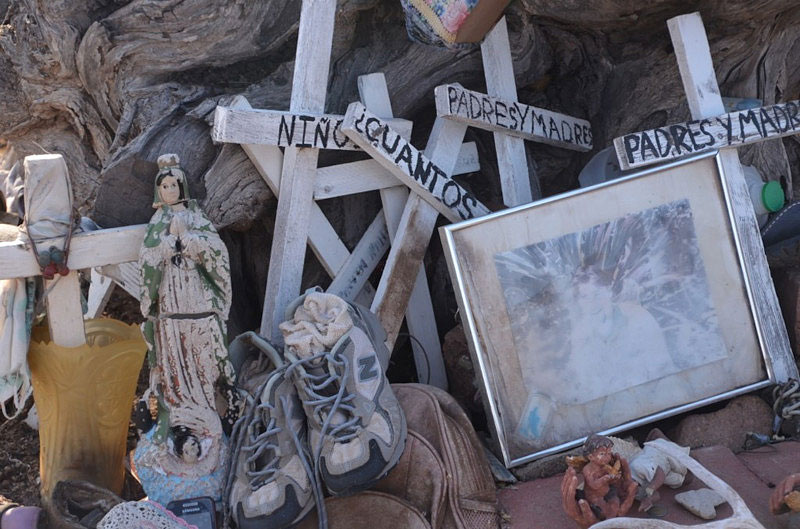
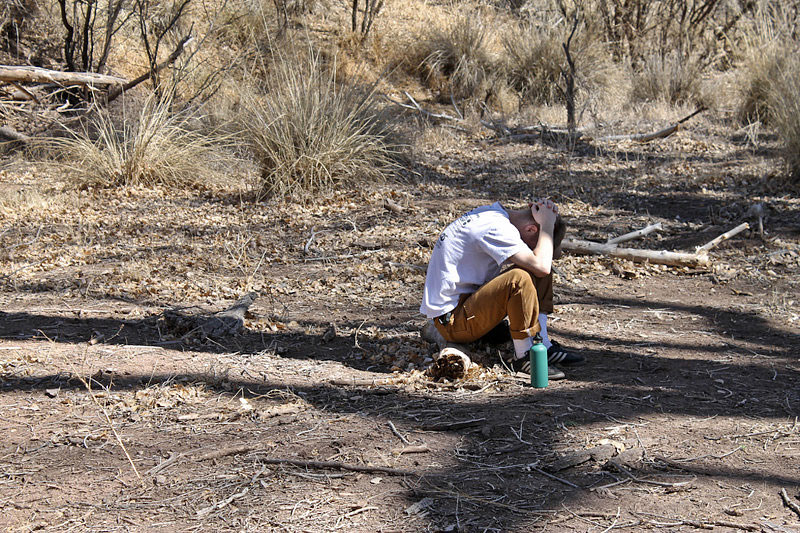
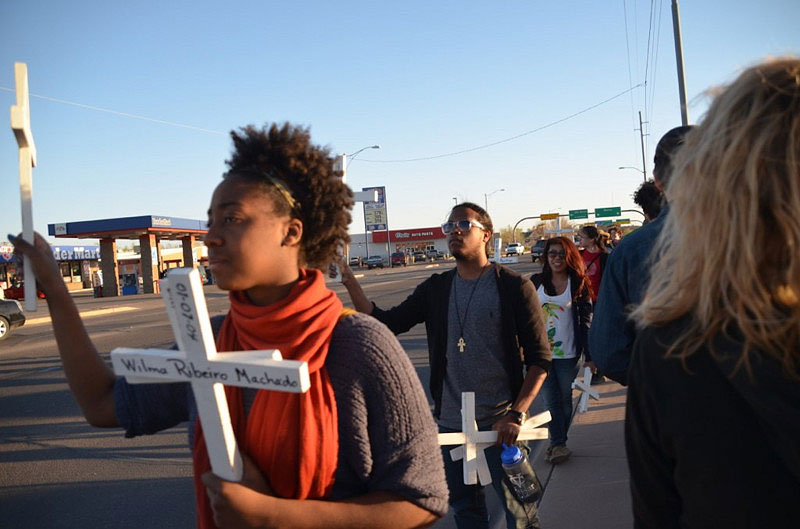
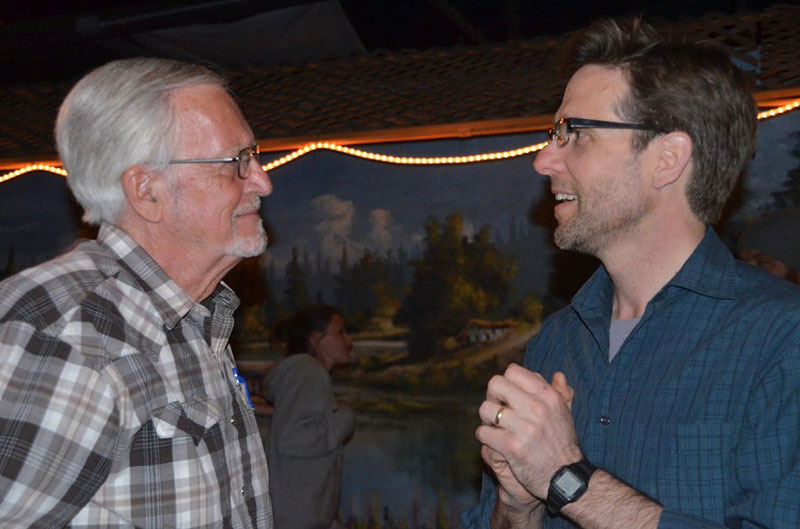
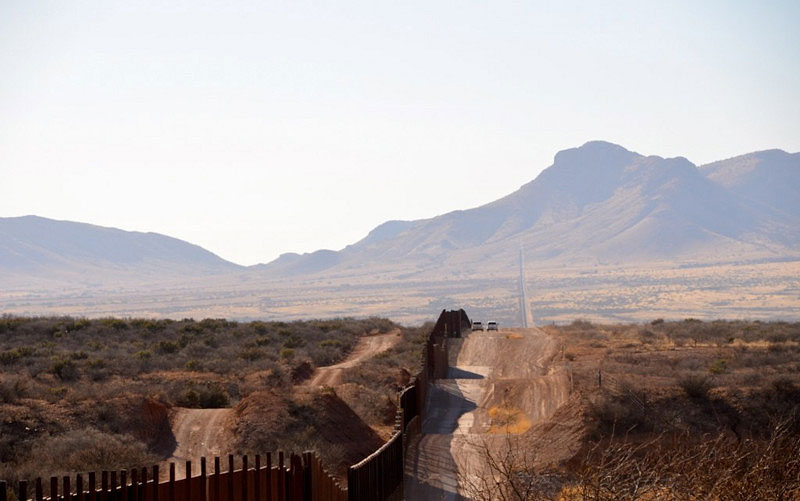
The United States-Mexico border—1,933 miles long, the most frequently crossed international border in the world, the only place on the planet where a third-world country abuts a first-world country. By their very nature as places where there is both a conjunction and a separation of cultures, borderlands are fertile regions for the exploration of complex questions: How are national identities constructed and maintained? How is the movement of peoples, ideas, and objects across borders regulated, and at what cost—economically, politically, ethically? At what cost to whom?
A Vassar course called The United States-Mexico Border: Nation, God, and Human Rights in Arizona-Sonora explores the socio-political issues and conflicts surrounding the U.S.-Mexico boundary, as well as the historical, cultural, and geographical roots of those issues. It’s a multidisciplinary course, cross-listed in American Culture, Geography, and Latin American and Latino/a Studies, taught by three instructors, geography professor Joseph Nevins, English professor Tyrone Simpson, and director of Religious and Spiritual Life Sam Speers.
Students vie to get into this class. Erin Donohoe ’12, an international studies major, has wanted to take it since her freshman year at Vassar. That year, the border class did a teach-in when they got back from the spring break study trip. “I realized how deeply it affected all of them because they each read passages from the journals they had kept,” she says. “It was a religious experience for some of them, and that kind of blew my mind because Vassar is such a secular college. But for a lot of them, this was a time that challenged their faith, and challenged them to put their faith into action, and that was really powerful for me. I was also really impressed with how they were willing to make the academic so personal and share that with us, with strangers who showed up to a study break. And that’s what it has been like for me, taking the course this year, and for all of us, I think. It’s been very personal for everyone.”
The course actually begins before it begins. Students are assigned to read Ken Ellingwood’s Hard Line: Life and Death on the U.S.-Mexico Border over winter break and to write the first paper by the end of the first week of the term. “It was a very intense class in the first half of the semester, very intense,” says Benny Witkovsky ’12, an independent study major in peace and conflict studies. “The class met twice a week. We had four or five articles to read for every class, plus a film screening once a week.”
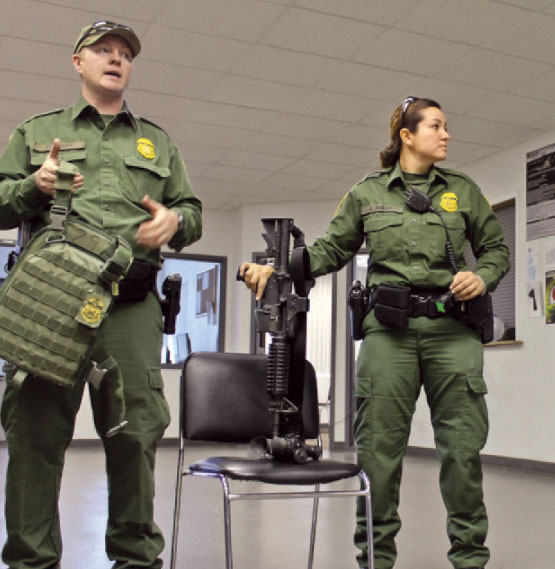
They studied the history of the borderlands and the making of the current boundary by peace treaty in 1848 at the end of the Mexican-American War, a war that cost Mexico 960,000 square miles of its national territory, including Arizona, California, New Mexico, Nevada, and Utah and parts of Colorado, Kansas, Oklahoma, and Wyoming. They talked about the concept of the nation-state and the phenomenon of nationalism and how it intersects with issues of race and gender. They learned about Latin American liberation theology and the Sanctuary Movement, a movement in the 1980s to provide asylum for migrants fleeing political turmoil in Central America. They looked at current immigration issues, boundary enforcement, and the impacts of U.S. policies on the people who live on either side of the border. And then, over spring break, they took the train to Tucson and spent two weeks in Arizona border towns, meeting with individuals and groups with varying perspectives on the current state of affairs.
They traveled by train—50 hours each way. Why? “There were several reasons for going by train,” says Witkovsky. “One was the environment. Plane travel is hugely destructive in terms of carbon dioxide emissions. Another issue we looked at was the inequality of plane travel. Taking the train helped us to reflect on our own privilege of mobility. Right before we left, we watched a documentary about migrants from Central America and Mexico who try to ride the trains up. It’s hugely dangerous. They jump on and off trains when they’re moving, and a large number of people are wounded or killed doing that. So we talked about how our ability to travel, even using the same mode of transportation, is so much different than theirs. Also it was a geography class, so actually being able to see the terrain we were passing through and experience distance and space in that way was important.”
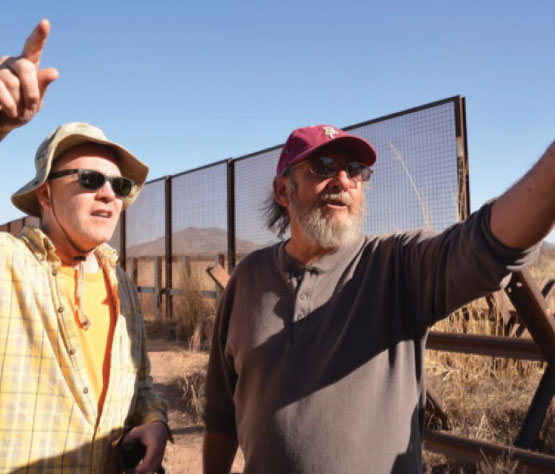
The train trip also gave them time to bond as a group before arriving in Arizona. “The first thing we did when we got to Tucson was visit Southside Presbyterian Church, which is where the Sanctuary Movement began,” says Donohoe. “We attended a powerful church service, and afterwards we met with a man who shared a very personal story about his life and how he came to work with Borderlinks, which is the organization that coordinated our trip. And then we met John Fife, who was one of the founders of the Sanctuary Movement, and then we attended a very powerful church service. We did so much that first day. And at the end we had a reflection session, and if we hadn’t been on the train together for three days, I don’t think we would have been as comfortable sharing how we were feeling at that moment.”
Over the next 11 days, they met with people on all sides of the immigration issue. They met with members of No More Deaths, an organization that provides humanitarian aid to migrants. They spent a night in the desert at one of the camps operated by No More Deaths and then accompanied service workers on their morning foot patrol to look for migrants in need of water or medical assistance. They also met with rancher Bill Odle whose land abuts the border, with Immigration and Customs Enforcement officials, and with members of the Border Patrol at Douglas Station. They participated in a vigil, walked along the 21-foot-high fence that bisects Nogales, slept in churches and dormitories, visited a homeless shelter, and came together almost nightly to reflect on what they’d experienced.

“Before the trip, we had classes where we talked about religion and God, and classes when we talked about politics and the nation state, and classes when we talked about physical and racial borders,” says Donohoe. “But when we got to Arizona, everything came together. And that’s part of why it was so intense, that we didn’t have these tidy boundaries we have at Vassar, where you look at the syllabus and see what today’s discussion is going to be. One of the things I learned is to bring together the intellectual, the emotional, the spiritual—that those things don’t have to be separate, that you don’t have to distance yourself from what you’re studying academically.”
The border course is quintessentially Vassar—going to the source, making your own observations, opening everything to question. One of the questions they considered as a class before the trip was whether such trips have validity and whether the potential outcomes of this trip were sufficiently positive to outweigh the negative impact their travel would have on the environment.
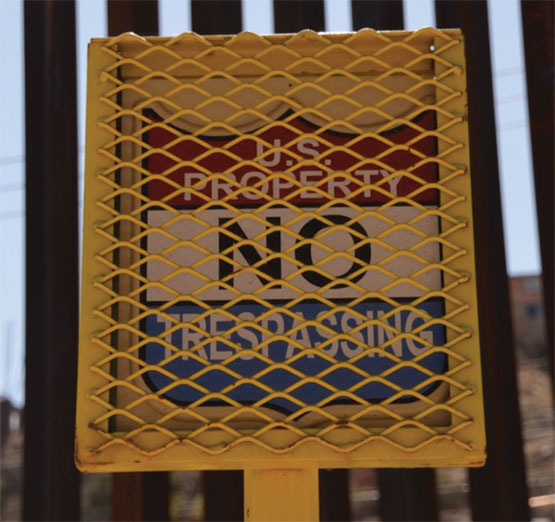
“I wrestled with that a lot, and I never did get the answer,” says Witkovsky. “But I think what I found is that there was something profoundly unsettling about being there. This campus, at least for me, and I think for a lot of people, is a very comfortable area, which means that we don’t let ourselves be bothered by things. I’m a peace and conflict studies major. I study war, I study violence, I can read a horrific account of something and then go and eat dinner. But being at the border, and seeing these things, and being hit again and again and again by images and stories and faces of people who are deeply affected by this issue has an emotional impact, a human impact that prevents you from separating your own personal identity from the academic experience. For me, that was what was powerful about being there and about being shaken in that way.”
